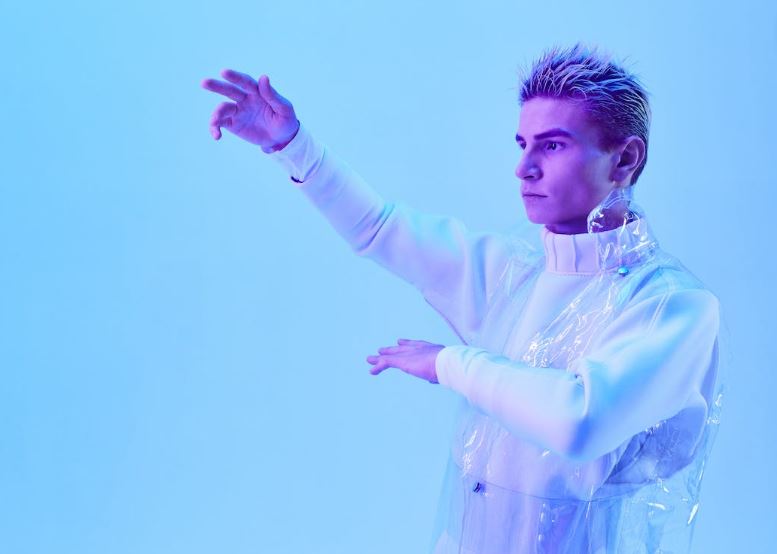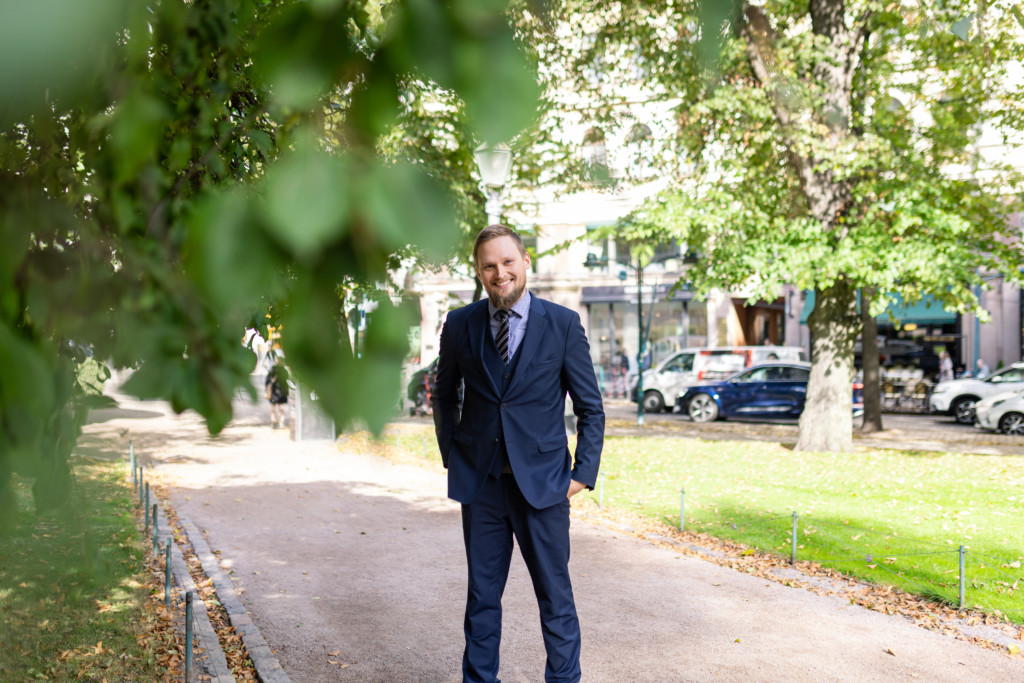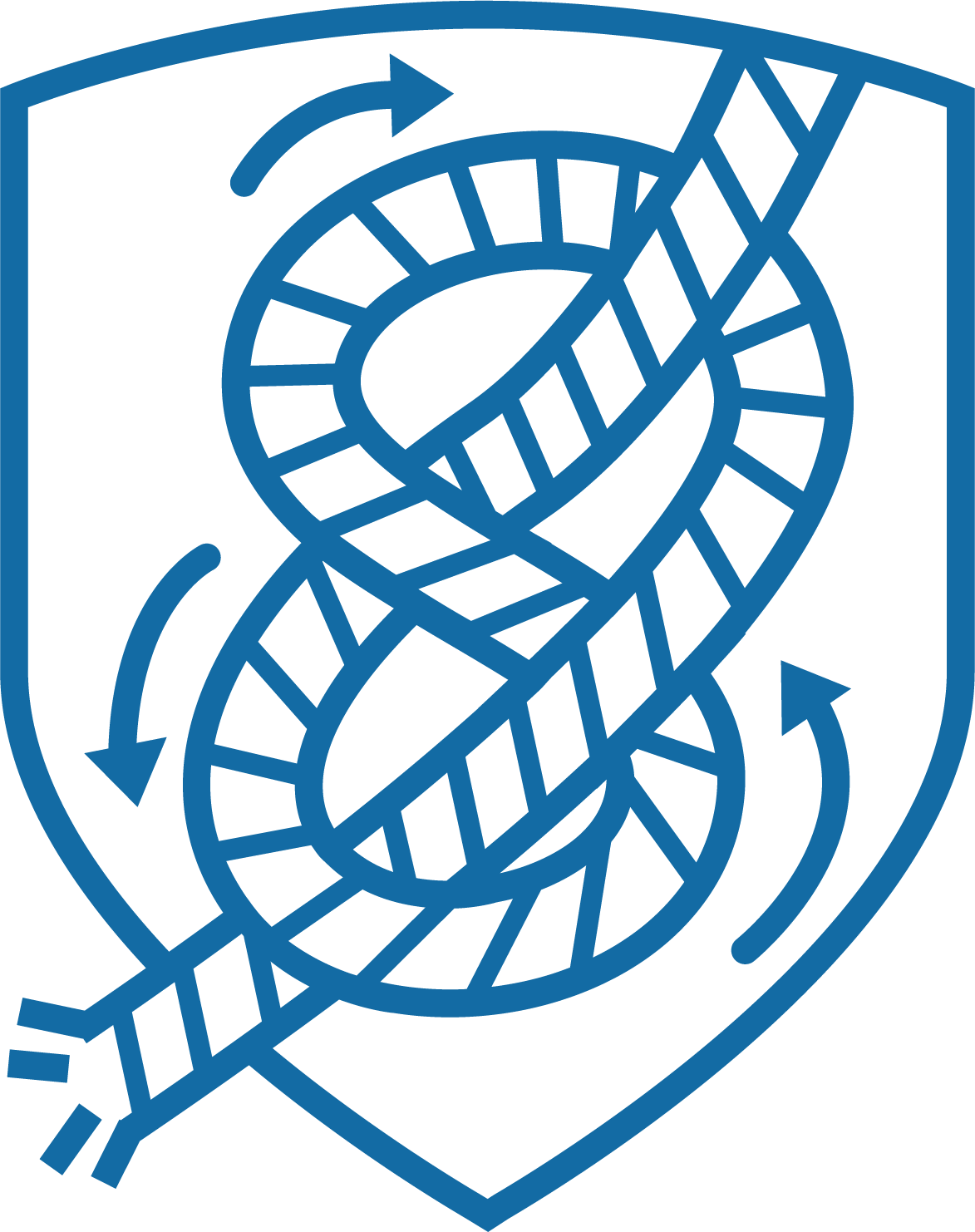Slush from an IPR-perspective

Both events attracted a large number of participants, including for example, entrepreneurs, investors, professionals from the technology sector, as well as a plethora of service providers from other fields. More specifically, both events attracted over 12 000 participants from different fields. While the actual “main Slush” concentrated generally on start-up entrepreneurship and its challenges, Web3’s main focus was to bring together the world’s most ambitious entrepreneurs and aficionados working on decentralized technologies. The event featured several discussion sessions, networking events as well as workshops concentrating on the latest developments and trends in the field.

The actual main Slush is nowadays such a well-known event, especially in the start-up field, that it does not really need further introduction. Last year’s exceptional circumstances have, however, hit especially the event sector so hard that it was extremely interesting to get to see how the circumstances have affected an event of such magnitude as Slush.
Just by walking in through the main doors of the venue, all uncertainties vanished at once. While walking down the main stairs leading to the actual event area, it became immediately clear that the event was still what it used to be, and attendees were rolling in in numbers even bigger than in previous years. Masses of different color hoodies were flowing on the floors of the exhibition centre like masses of water, and the highly appraised Slush volunteers were eagerly greeting participants and answering their practical questions. All that seemed to be remaining from the pandemic and resulting endless event cancellation notices were the hygiene reminder posters and rows of hand sanitizing stations.

Slush met the expectations also this year
As an event, this year’s Slush was largely following in the footsteps of previous iterations. Speakers chosen to get on the various different stages were extremely inspiring, presentations carefully structured and well executed, and participants from all around the world represented a very wide range of expertise. The venue itself was slightly more compact than last time, but yet, the event felt in no way like a “diluted” version of the previous years. As a service provider, and thus having the main task of contacting possible new sales leads, I found to my dismay, that the number of stands directed mainly at smaller startups was somewhat smaller, and the focus had clearly been shifted more onto the matchmaking side. However, as the whole event is tailor-made for mainly start-up entrepreneurs and investors, this is quite understandable, and I did not let it affect my own networking. The new focus mainly just meant that I had to alter my strategy for conversation openings by shifting them from the vicinity of the stands next to coffee machines, events-in-event such as pitching competitions and to the joint stands/show areas of bigger companies and start up ecosystems. Despite the above, striking up conversations was as easy as previously, and entrepreneurs were glad to shed light on their inventions and activities. To my pleasant surprise, I quickly noticed that the acronym “IPR” seemed to ring a bell in more conversations than last time. It could be that this is due to just better luck with selecting people to talk with, but I strongly believe that the more plausible explanation is the IPR-marketing, informing, and other educational activities that have been done in the field, at least in Finland within the past years. Unprotected brands were still discovered to some extent, but at least in the big picture, brand protection seemed to be on a very good level and even some fresher start-ups had handled at least the basic level of protection in time and properly. Even though the focus of the majority of the start-ups seemed to fall onto the field of software, where protection of innovations through, for example patents is generally not that popular, many entrepreneurs were proudly showcasing their patent portfolios, too.
Slush, generated art and artificial intelligence art – what does it mean?

The most important part of the event from an IPR perspective was generated art and AI art, which was the hot topic especially in the Web3-spinoff event. Generated art and AI art are forms of art that are created using artificial intelligence and algorithms. These forms of art are relatively new and have only recently begun to gain popularity, but they are quickly becoming an important and exciting area of the art world.
Generated art is a type of art that is created entirely by an algorithm or an AI system. This can include various art forms, from visual art and music to literature and performance art. Generated art is often created using complex algorithms that are designed to mimic the creative process of a human artist, and the resulting art is often highly unique and unpredictable.
AI art, on the other hand, is a type of art created with the help of artificial intelligence but still involves some level of human input. This can include art that is created by AI systems that are trained on large datasets of human-generated art or art that are created by humans using AI tools and algorithms to assist in the creative process. Both generated art and AI art are fascinating because they challenge our traditional understanding of what it means to be an artist. With these forms of art, the line between human creativity and machine intelligence is blurred, and the resulting art often has unique characteristics.
As AI and algorithms continue to advance, it is likely that generated art and AI art will become even more prevalent in the art world. For anyone interested in the intersection of art and technology, these forms of art are definitely worth keeping an eye on.
Overall, Slush WEB3 is an exciting and unique event that brings together some of the most innovative and ambitious minds in the world of decentralized technology.
Even though you wouldn’t be attending Slush for the main reason of searching, for example for investors to back up your start-up or for a partner to handle your prototyping needs, you’ll definitely walk away at least richer in inspiration. Being in the middle of so many innovators and ideas, it is extremely hard not to be inspired – no matter what your own field of expertise is.

Writers of the blog are Jerry Härkönen and Mari Nieminen. Jerry works as IP Advisor and IP Lawyer and Mari as IP Legal Trainee at Boco IP.

Latest blog articles

Boco IP Recognized in Financial Times – Europe’s Leading Patent Law Firms Ranking

INTA 2025 Gathered Professionals from Around the World in San Diego

Boco IP Awarded Gold in IAM Patent 1000 2025 – Recognised as Finland’s Leading Patent Prosecution Firm

Boco IP Receives Multiple Rankings in IP Stars 2025








